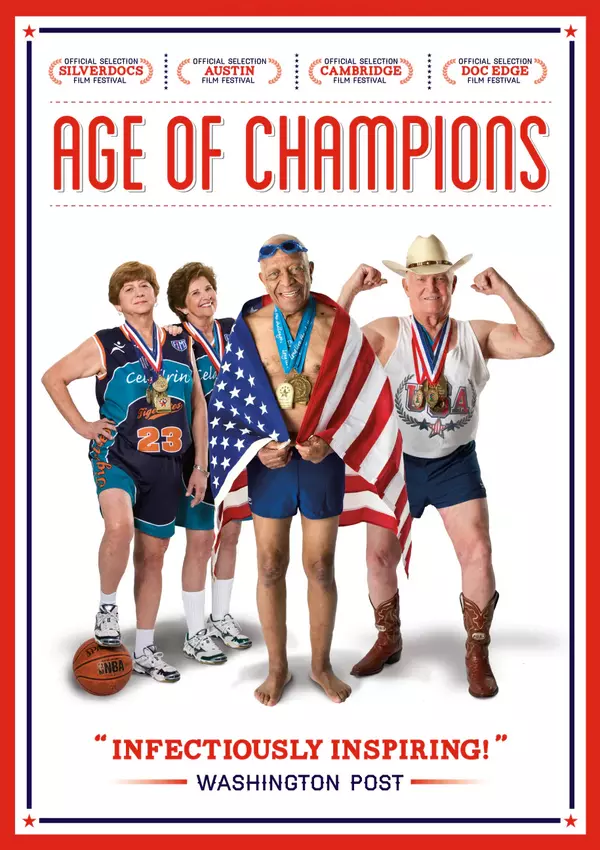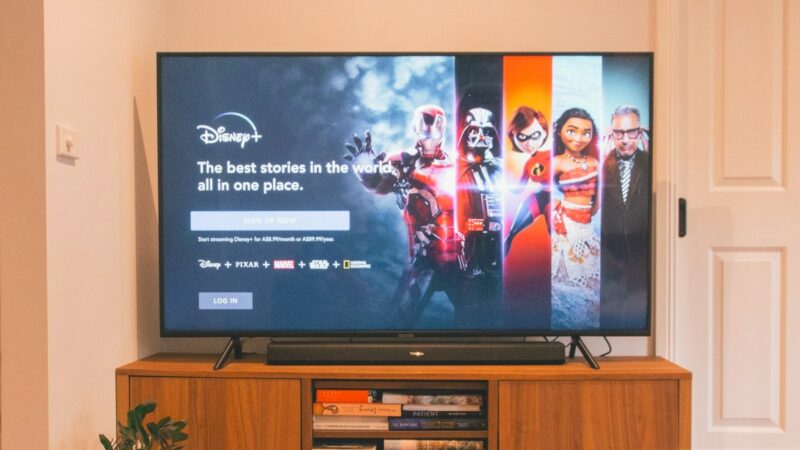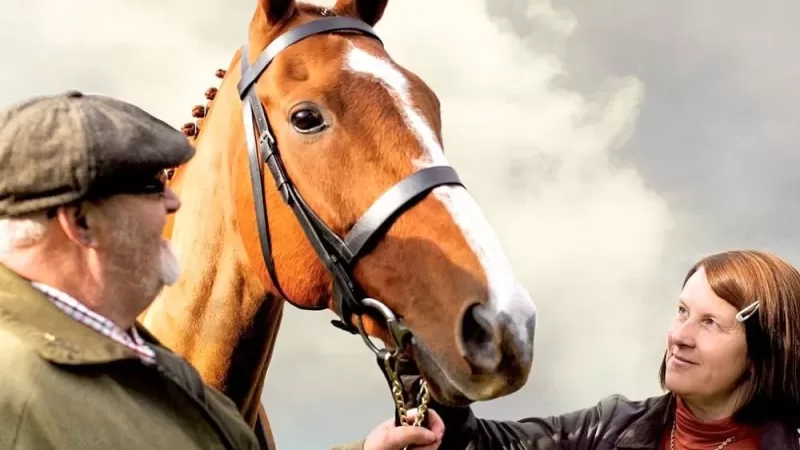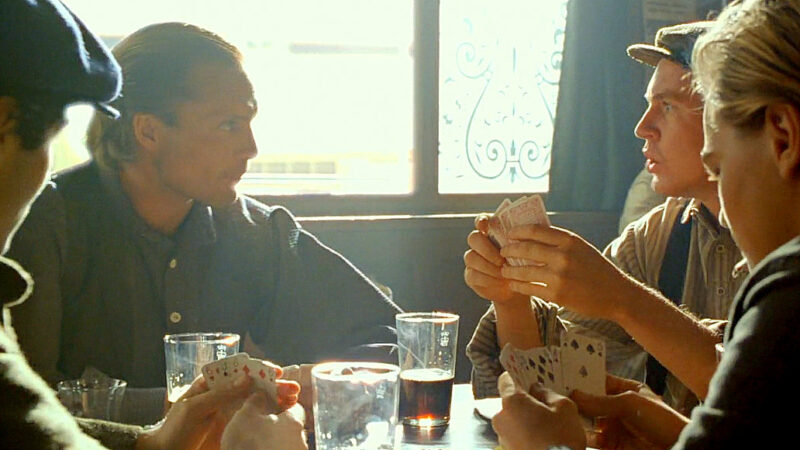
“The flashy multi-million-dollar film distribution and acquisitions in recent years have signaled to our indie filmmaker community that this is the Golden Age for documentary. In reality, a huge part of that cash is from big streamers. In addition, they are pouring an unprecedented amount into producing their own content. The content is focused on celebrities, true crime, and reality TV. But, leaving the vast majority of documentary storytellers behind”, says Keith Ochwat.
Keith Ochwat states. Clearly, “the underreported story is that 99% of filmmakers will never make a film distribution deal like that. Even if they do, they may only see a fraction of the money. Because distributors, agents and publicists will all get paid before the filmmaker. That means a million-dollar streamer deal can become a barely-break-even deal. Or even a net loss, for a filmmaker who made it“.
Before spending too much energy on the Sundance or Netflix dream–or mirage. You should know the truth about deals and film distribution. Keith Ochwat wants to offer you hope. Hope that there are new, untraditional ways to release a documentary. This ensure your film is seen while you’re getting paid for your hard work.
Watch the trailer for Age of Champions by Keith Ochwat
Harness the power of partnerships
Powerful partnerships outside of the film industry can enable you to maximize your film distribution, film’s reach and revenue. Partners can come in many shapes and sizes. From a Fortune 500 corporation to a passionate advocacy group, a policy maker, or a professional conference.
Partnerships can give you the control, flexibility. It also gives connection to your core audience needed to thrive in our new world of film distribution
I first learned how to build partnerships during the distribution of my film, Age of Champions, about the senior Olympics. I spearheaded a series of hybrid film distribution campaigns that generated over $1.5 million. The film’s release included a 20-state theatrical tour and grassroots screening campaign reaching over 3,000 community venues.
We established partnerships with advocacy groups. Like AARP and the Alzheimer’s Association and companies like Cigna Health to propel the film’s engagement campaigns.

Since then, I have refined these tactics while helping other filmmakers build their own partnerships for film distribution. I have a few rules of engagement to harness the power of partnerships, including:
1. The earlier you approach potential partners, the better
Your goal is to connect with power partners before your film is finished. You can start getting partners onboard with a teaser. Your track record as a filmmaker, and a compelling synopsis and vision for distribution. By reaching out before your premiere, you can make clear you are seeking a meaningful, mutually beneficial partnership. This will increase the likelihood they will get behind your film.
2. Identify your potential allies
The first step to pitching partners is identifying the right ones to approach. You should make a list. A list of influential partners that have a track record of supporting the issues central to your film. Your film’s central issues are its essential themes and message—not simply the topic or storyline of your movie. For example, although Age of Champions tells the stories of senior athletes, our central issue was active aging. By focusing on the most prominent and influential companies and nonprofits that had a history of supporting programs, conferences, and other initiatives related to active aging, we were able to prioritize our research.
3. Analyze each partner’s potential and limits
Some partners have large networks they can mobilize. Others have deep pockets. Also, you can also build linked partnerships. Which bring together multiple organizations with complementary strengths.
4. Determine the win-win
Partnerships must be mutually beneficial. You must show potential partners how they will benefit from working with you. They must see your partnership as an opportunity. A chance to gain goodwill from their members or customers. Or contribute to a cause important to them, they may become a power partner.
5. Craft your pitch
A pitch is a concise and compelling description of your film and your vision for distribution. Chances are, your prospective partners have never partnered with a film. This means you need to clearly and simply explain what it entails and why a partnership benefits them. Partners want to support a film on a topic they care about. A topic that will resonate with the people they want to connect with.
6. Follow-up
Here’s where you get to practice the skills you’ve no doubt learned in other aspects of filmmaking. These are being polite and persistent. Key decision-makers in partner organizations are busy. After your initial contact conversation, you must be willing to call and email again and again. These include pleasant but regular reminders that you have a great opportunity to share.
My seventh rule is all about thinking about outside-of-the-box. Ways to get your film seen by your engaged, passionate audience and prospective partners. This can include hosting in-person and virtual events. Work-in-progress clips, putting on virtual screenings, securing a national PBS broadcast with underwriting sponsorships and more.
You’re mistaken to think that a distributor will ride in on a white horse. To take all of the rights to your film, bring it to everyone in the world. And write you a seven-figure check. No distribution deal is better than a bad one. In the best scenario, a distributor offers access and relationships. Worst case, distributors will take control for years and do little or nothing with your film. Leading to smaller audiences and less money than you deserve. For most of the filmmakers I work with, and in my personal experience releasing my films. Expectations about what a distributor can deliver wildly differs from the results.
Consider making your own luck and moving away from the tired, old norms of distribution. We used partnerships to supercharge our distribution. As have the hundreds of filmmakers I’ve advised. Who have generated tremendous awareness and impact for their film and over $5 million in revenue. By following the seven innovations in distribution, you can too.
About the author?
Keith Ochwat is a filmmaker and co-founder of Show&Tell. Over his 12-year career as a documentary filmmaker, Keith produced three films that appeared on PBS and Netflix. Show&Tell recently launched its acquisition and distribution service, pioneering a new and profitable approach to independent documentary distribution. Learn more about Keith’s work at showandtell.
P.S. Big thanks to indieactivity.com for the opportunity to share our experience with you!
Tell us what you think? What ideas did you get? Do you have any suggestions? Or did it help you? Let’s have your comments below and/or on Facebook, Instagram or join me on Twitter
Follow Show&Tell on Social Media
Website
Facebook
LinkedIn
Twitter
MORE STORIES FOR YOU









